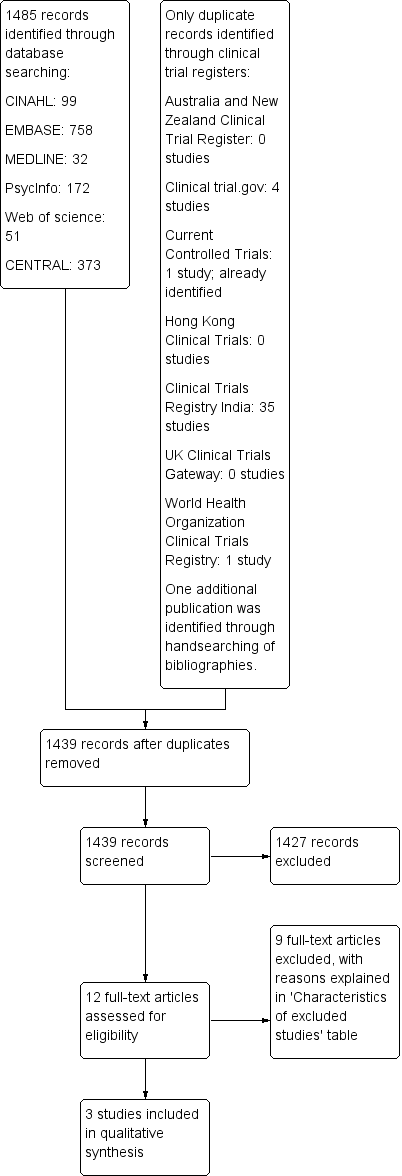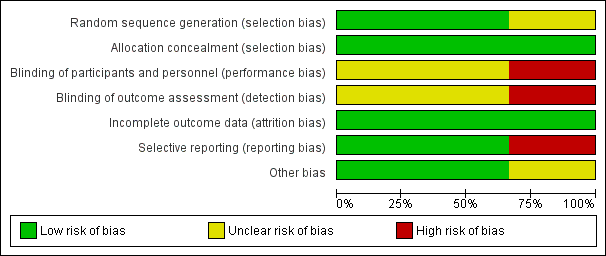Contenido relacionado
Revisiones y protocolos relacionados
Bronwen Connolly, Lisa Salisbury, Brenda O'Neill, Louise J Geneen, Abdel Douiri, Michael PW Grocott, Nicholas Hart, Timothy S Walsh, Bronagh Blackwood, for the ERACIP Group | 22 junio 2015
Katherine A Doiron, Tammy C Hoffmann, Elaine M Beller | 27 marzo 2018
Rajesh M Shetty, Antonio Bellini, Dhuleep S Wijayatilake, Mark A Hamilton, Rajesh Jain, Sunil Karanth, ArunKumar Namachivayam | 21 febrero 2018
Ari Joffe, Natalie Anton, Laurance Lequier, Ben Vandermeer, Lisa Tjosvold, Bodil Larsen, Lisa Hartling | 27 mayo 2016
Sharon R Lewis, Oliver J Schofield‐Robinson, Phil Alderson, Andrew F Smith | 8 junio 2018
Sujanthy S Rajaram, Nayan K Desai, Ankur Kalra, Mithil Gajera, Susan K Cavanaugh, William Brampton, Duncan Young, Sheila Harvey, Kathy Rowan | 28 febrero 2013
Sharon R Lewis, Michael W Pritchard, Oliver J Schofield‐Robinson, Phil Alderson, Andrew F Smith | 10 mayo 2018
Louise Rose, Neill KJ Adhikari, David Leasa, Dean A Fergusson, Douglas McKim | 11 enero 2017
Alba M Antequera Martína, Jesus A Barea Mendozaa, Alfonso Muriel, Ignacio Sáez, Mario Chico‐Fernández, José M Estrada‐Lorenzo, Maria N Plana | 19 julio 2019
Emma MJ Borthwicka, Christopher J Hilla, Kannaiyan S Rabindranath, Alexander P Maxwell, Danny F McAuley, Bronagh Blackwood | 31 enero 2017
Respuestas clínicas Cochrane
Sera Tort, Jane Burch | 9 diciembre 2020




